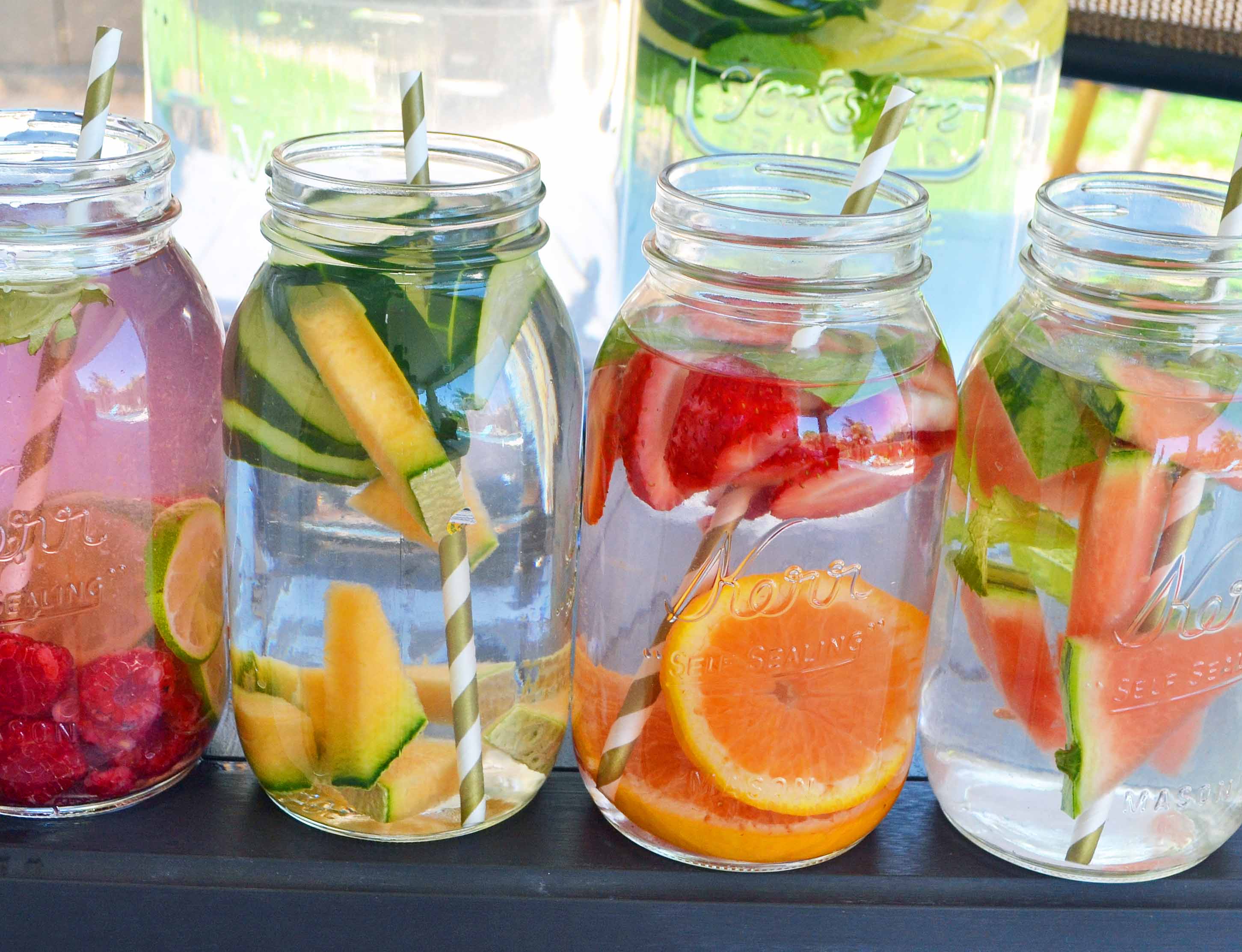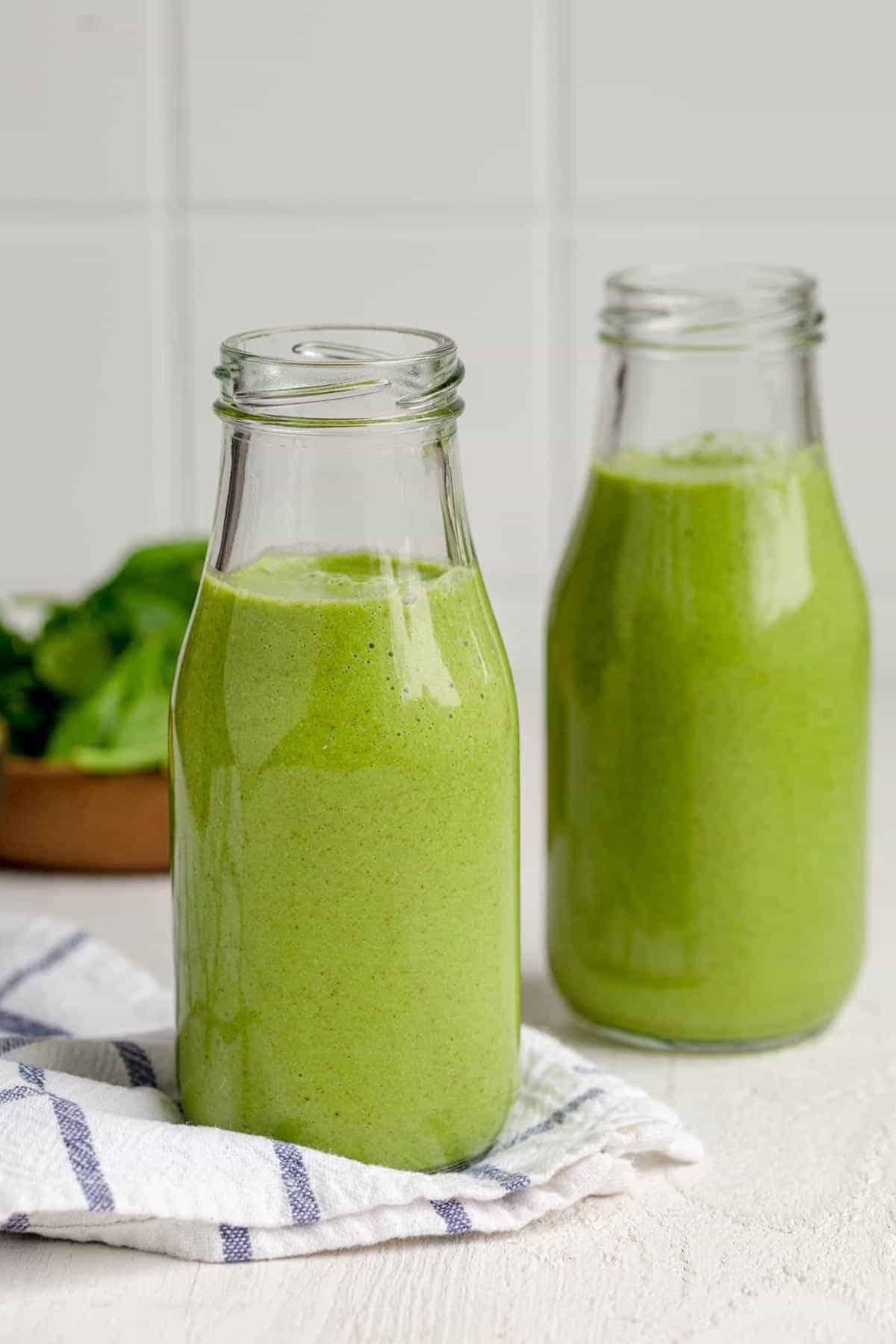
You don't have to cut out salt completely from your diet. You can still enjoy a wide variety of tasty foods without the high sodium content. It's important to choose the best foods. Here are some examples: canned goods, processed meats, and cheese. Additionally, low-sodium tomato sauce and paste can be purchased. Choosing low-sodium meat and dairy products will also save you money and time.
You can find whole-grain pasta and fresh fruits among the foods low in sodium. Nuts are rich in healthy fats, which make them a great source for protein, fiber, essential vitamins, and minerals. They are also rich in antioxidants that fight free radical damage as well as the negative effects of salt. This article will help you to reduce sodium intake.
Choose food labels with sodium content to avoid the detrimental effects of sodium. Look out for "Heart-Check", which is a seal that indicates the sodium content. High sodium levels are a major problem with processed meats. You should avoid them. You should also make sure you read the labels and ensure they are marked "low sodium" or “low sodium." You can also cook with fresh herbs if you aren't sure. You can also use celery seed, onion powder and garlic powder.
To cut your daily sodium intake, try substituting processed cheese for low-sodium ones. You can also substitute cottage cheese, mozzarella and buttermilk. You can also replace table salt with spices or substitute canned beverages for homemade juice. Avoid canned foods, as well as roasted salted almonds. These foods are high-sodium and should be avoided. It is also recommended that canned foods be thoroughly rinsed with water prior to consumption.
To avoid consuming too much sodium, try to spread it throughout the day. Choose fruits and vegetables to reduce your sodium intake. Ask for less sodium at restaurants. Custom-made dishes are better for you and contain fewer sodium. Ask for sauces and dressings if you're ordering from a restaurant. For those who eat out, it is possible to ask for lower-sodium options.

When trying to reduce your sodium intake, the first thing you should do is to read the labels of any food that you eat. Always read the label. The label will tell you the serving size, ingredients and sodium content. Generally, a product should not contain more than 140 mg of sodium per serving. Popcorn can be spiced to enhance its flavor and keep you on a low-sodium diet. This snack is a good source of fiber, and it is low-sodium.
Although salty foods are best avoided, there are still foods that are low-sodium. These include whole grains and breads, which are high in fiber and are low in sodium. Rice bran, which has 6 milligrams per cup of sodium, is an excellent source for fiber. Whole grain products may contain salt. Multigrain bread, for instance, has almost 170mgs of sodium.
Fresh fruits are a good way to lower sodium intake. Fresh fruits have very low sodium levels and are high in essential vitamins. An apple can contain about one milligrams of sodium. This is approximately 6% of the daily sodium recommended. Greek yogurt contains the same amount of sodium that plain yogurt, but has more protein. This makes it a great choice if you are watching your sodium intake. It is also rich in potassium which is crucial for maintaining healthy levels of blood pressure.

Some foods can have high sodium levels. But they are still quite low compared to many other foods. Vegetables, while being a great source for fiber and low in sodium, have higher sodium levels than other foods. One cup of beets contains 84 mgs of sodium, while half a cup spinach has 63 mgs. Avocado, green beans and asparagus are other "salt-free foods".
FAQ
What is the best career path for someone who wants to be a chef? How can I start my career as a chef?
If you're interested in becoming a chef, you should consider starting as an apprentice. Apprenticeships offer the chance to work for several year without any tuition fees. After you complete your apprenticeship, it is possible to apply for a job as a sous-chef. Sous chefs assist cooks with tasks such as making salads, and desserts. They also oversee the entire operation of the restaurant.
How long does it take for you to learn to cook? What amount of time will it take to master the art?
It all depends on your skill level. Some people can pick up basic cooking techniques within a day or two. Others may take months or years to master the basics of cooking.
The person who is learning to cook can vary in the amount of time they need. A person who has never cooked before will likely need more time to learn than someone who is a regular cook. Certain types of cooking require more skill than others. For instance, baking requires more knowledge than frying.
You should learn a particular technique to improve your cooking speed. Once you are proficient in that technique, you can move onto the next one. It doesn't matter how long it takes to master a particular technique. Just keep practicing and enjoy the process.
How do I motivate to cook?
Cooking is fun when you share food with family and friends. Cooking for yourself is much more enjoyable than cooking for others. Make something new to get motivated to cook. This will allow you to discover new recipes and techniques. Additionally, you can learn about new ingredients and techniques by incorporating recipes from different cultures into your cooking.
Statistics
- under 10 Kids have been taught that there is special food just for them, and Fiese says that 10 percent of kids will throw a tantrum if they don't get the food they want. (washingtonpost.com)
- You'll be amazed that over 90% of CIA students receive scholarships and grants to finish their culinary studies. (ischoolconnect.com)
- According to the BLS, chefs earn $58,740 a year. (learnhowtobecome.org)
External Links
How To
How to make an omelet that is perfect
Omelets are one of my favorite foods to eat at breakfast. But how do you create them perfectly? Many different recipes and methods have failed to work for me. So I am sharing some tips and tricks today to help you make fluffy, delicious omelets every morning.
First, eggs can be very temperamental ingredients for making omelets. They must be fresh, preferably from the organic market, and be kept cold until cooking. They must be kept cool, otherwise the whites will not form properly and the yolks may become runny. Your omelets will look strangely colored if this happens. If you plan to cook the eggs right away, it is best to use room temperature eggs.
You can also separate the egg before you add it to the pan. The yolk and white should not be mixed together as this can cause the omelet's curdle.
The egg can burn if it is placed directly on the stovetop. Instead, place the egg in the microwave for 10 second before you put it in the skillet. The microwave heat will cook the egg just right without making it too hot.
Next, let’s talk about mixing the egg. When you mix eggs together, you want to beat them well. To do this, grab the bowl of the mixer and turn it upside down. Then, vigorously shake the bowl. The egg will be thoroughly mixed in the bowl as the air is whipped.
The fun part is now - adding the milk to the mixture. The first step is to pour half of the milk in the beaten eggs. Next, fold the eggs into the remaining milk. Do not be alarmed if there are still egg streaks visible. Once the omelet flips, these streaks will disappear.
After folding the eggs, place the pan on medium heat and wait for the oil to start sizzling. Once the oil starts getting hot, add 1/4 cup of butter to the pan and swirl it around to coat the entire surface of the pan. Open the lid and sprinkle salt on the pan. The salt will help to prevent the omelet's sticking to the pan.
Once the omelet has formed completely, cover the pan and let it set for a few minutes. Flip the omelet upside down or with a spatula. Cook the other side for another minute or two. Take the omelet out of the pan and immediately serve.
This recipe is best when used with whole milk. But, you can use skimmed milk as well.